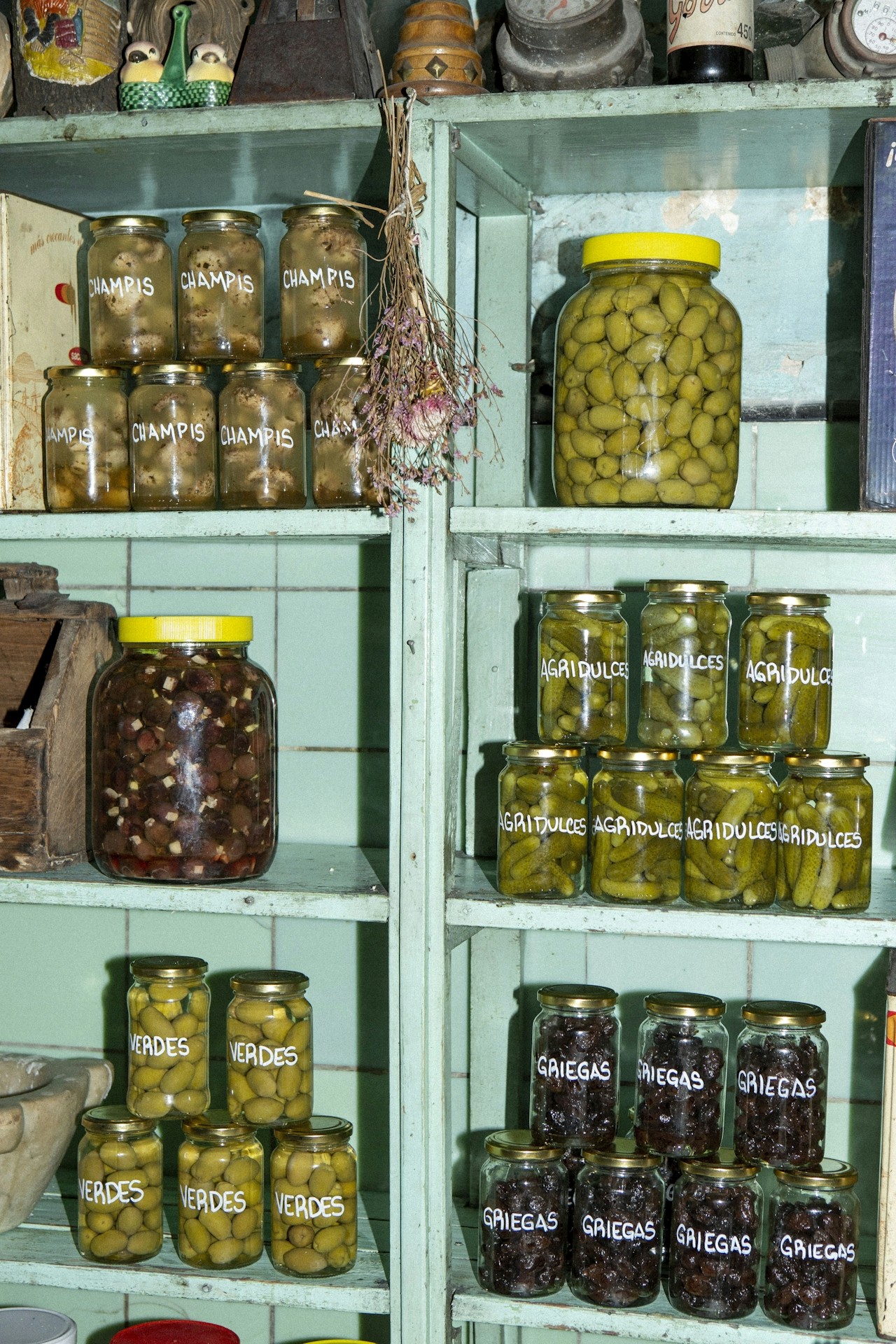Category
Sales
Date
Jul 9, 2024
Author
Asher Flowers
The Slow Burn of Indies
I have always had a pure affinity for indie retail. These spaces are not just places of discovery or community hubs; they are often the first locations to take a chance on new products. When I first started working in this space, deli owners were the first people beyond farmers markets to believe in what I was selling. They took the time to work on how to sell my products and ultimately gave me the feedback I needed to grow. However, indie retailers are often mistaken for stepping stones to bigger listings, larger volume accounts, and bigger numbers on a balance sheet.
Indie retail is a proving ground where you can test whether your brand has what it takes. These stores often curate a niche, distinct selection of products. If you’re a Welsh brand, can you expand beyond local delis? If you’re an East London brand, does your product resonate with consumers outside of the M25? If not, what impact would that have on a national grocer? These questions are crucial because failing to establish broader appeal could significantly impact your potential success with larger retailers.
Yet, indie businesses operate in an ever-challenging landscape. They face higher operational costs, limited bargaining power with suppliers, and narrower profit margins compared to larger competitors. The rise of online retail and brands' own D2C platforms poses additional threats to their survival. Competing against brands offering discounts or first-order promotions is tough for indie retailers, contributing to a higher risk of closure and financial instability.
Supporting indie retail goes beyond making purchases; it involves actively engaging in building relationships and case studies. Brands should ask, "What can we do to improve our listing relationship?", "How can we drive more revenue?", and "What would success look like in 1 year, 2 years, or even 5 years?" Small changes, such as increased sampling activity, better margins, or enhanced POS strategies, can significantly impact these relationships and the overall success of the listing. Listings are never truly safe, so the efforts we put into these relationships are key.
Over the years, I’ve had numerous conversations with brand owners looking to break into grocery retail. Understandably, they want their products to shine under the bright lights of supermarket shelves. However, the stories of success in the grocery sector, often amplified on LinkedIn, can overshadow the numerous tales of being delisted and replaced. Indie retail offers an opportunity to challenge our biases.
In indie retail, confirmation bias can lead brand owners to assume that success in niche markets will naturally translate to broader markets without sufficient testing. By working closely with indie retailers and seeking their feedback, brand owners can gather diverse perspectives and insights, challenging their assumptions and leading to more informed and balanced decisions. This process helps mitigate confirmation bias by exposing brand owners to real-world feedback and performance data. Indie retail also gives us a chance to build beyond our survivorship bias which occurs when brand owners focus on successful outcomes while ignoring failures, leading to an inaccurate perception of success factors. In indie retail, survivorship bias can cause brand owners to overestimate the importance of high-performing listings while overlooking those that struggled or failed. By engaging deeply with indie retailers and analysing both successful and unsuccessful listings, brand owners can identify the full spectrum of factors contributing to success or failure. This holistic approach ensures that lessons learned are grounded in a realistic assessment of performance across different contexts and markets.
Before expanding into grocery stores, it's essential to assess the cost of doing business. Is the supermarket listing and distribution profitable if your product sells 80% of the time while on promotion? What risks does this pose to your existing business? At Lateish Drinks, our approach is systematic but tailored to each brand. We offer a full-service management team and a team of BDMs dedicated to growing brands across the UK and globally over time. We build brand presence and ensure consistent activation, whether through off-trade activities or targeted email marketing.
Building global sales for a brand involves understanding what key messaging or activations resonate with the audience. Through centralised brand growth transparency, brands can understand their rate of sale in each market, unlocking more revenue opportunities. This is underpinned by our retainer-based listing strategy, which focuses on the quality of the brand and the relationships we forge with decision-makers. By prioritising market-focused profitability, we ensure the financial health and growth of our brands and commercial partners.
In conclusion, indie retail is not merely a stepping stone but a vital component of a brand's growth strategy. By actively engaging with indie retailers, challenging biases, and taking a strategic approach to expansion, brands can build a resilient foundation for sustained success in broader markets. Supporting indie retail enriches our communities and fosters innovation, ensuring a diverse and vibrant retail landscape.



